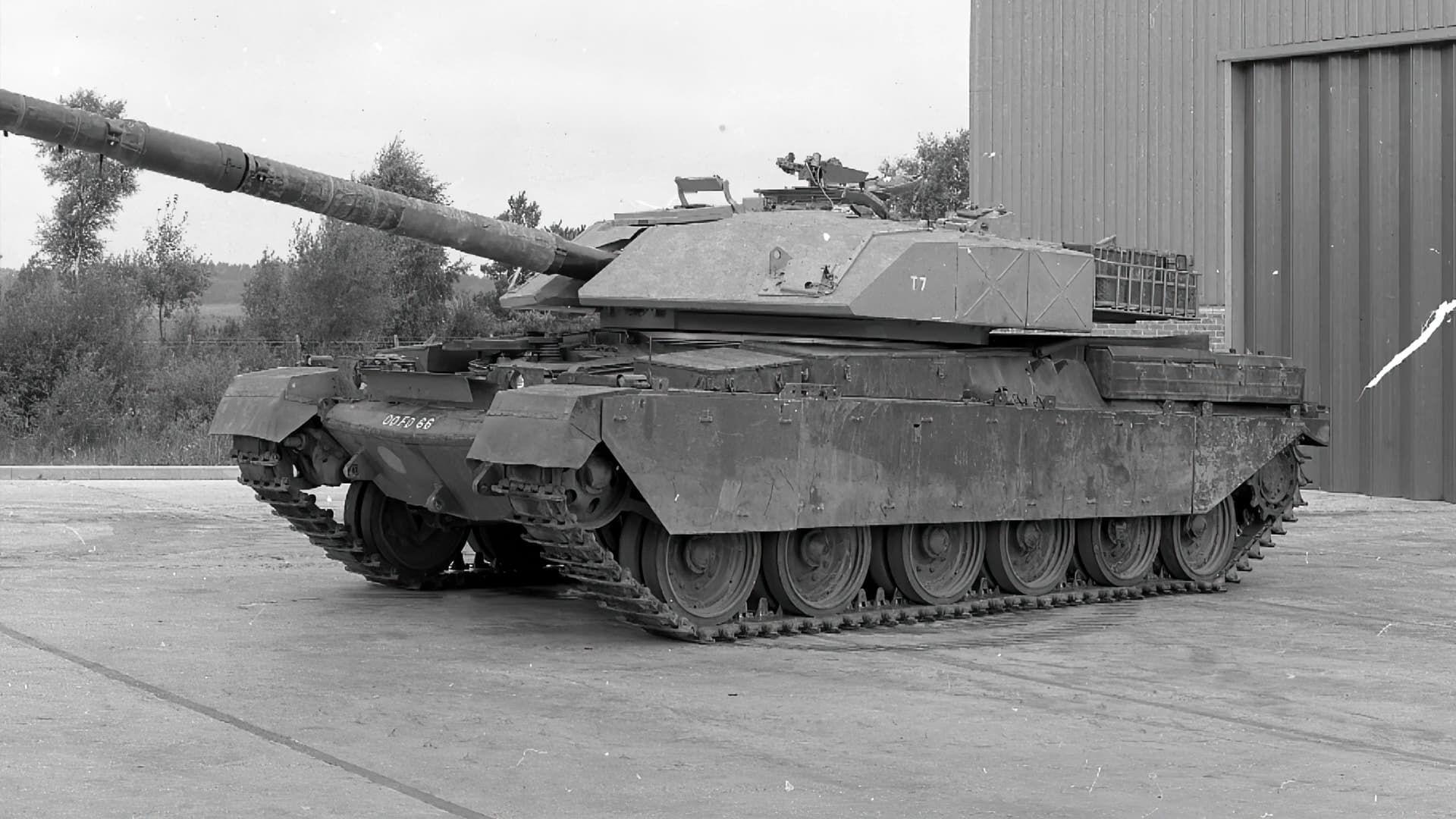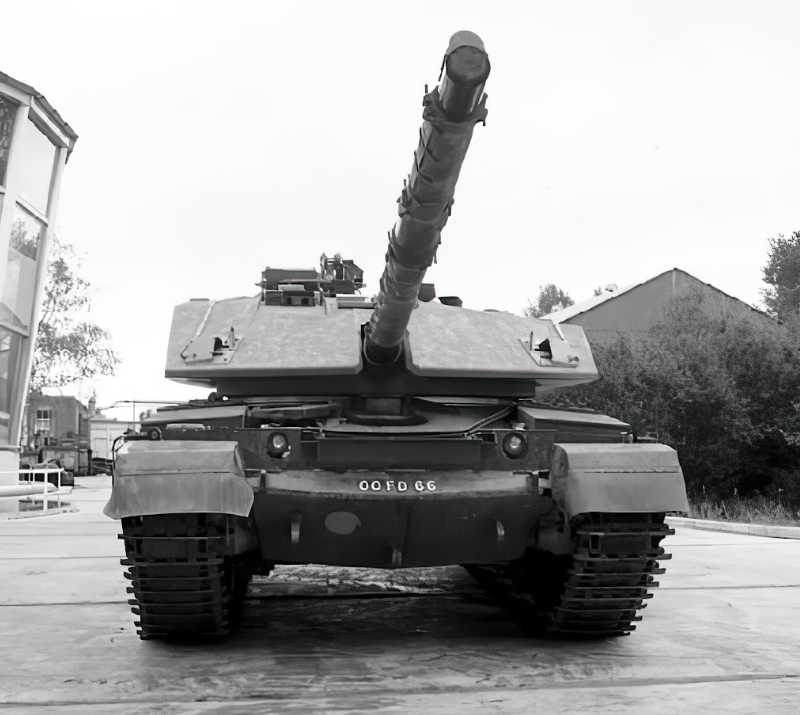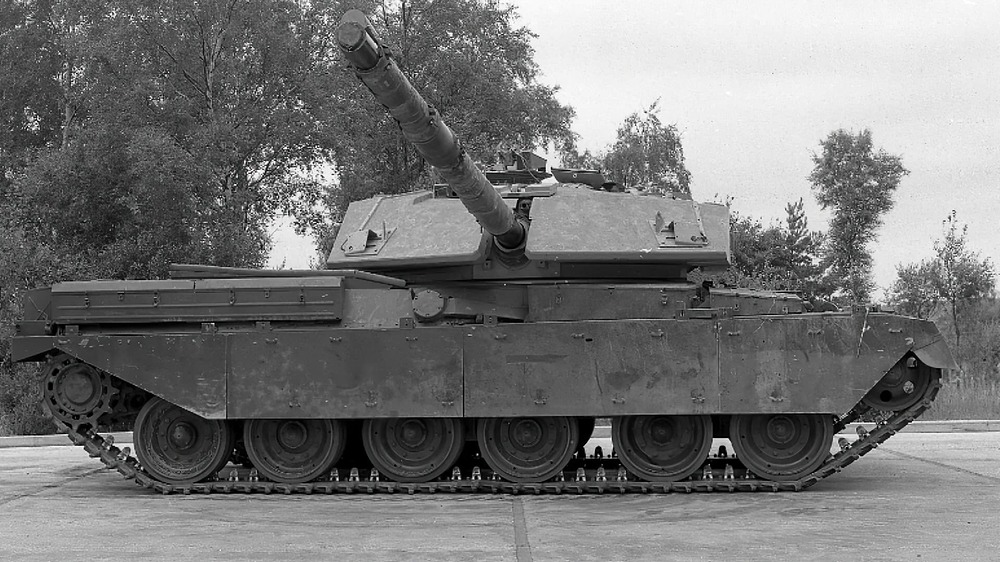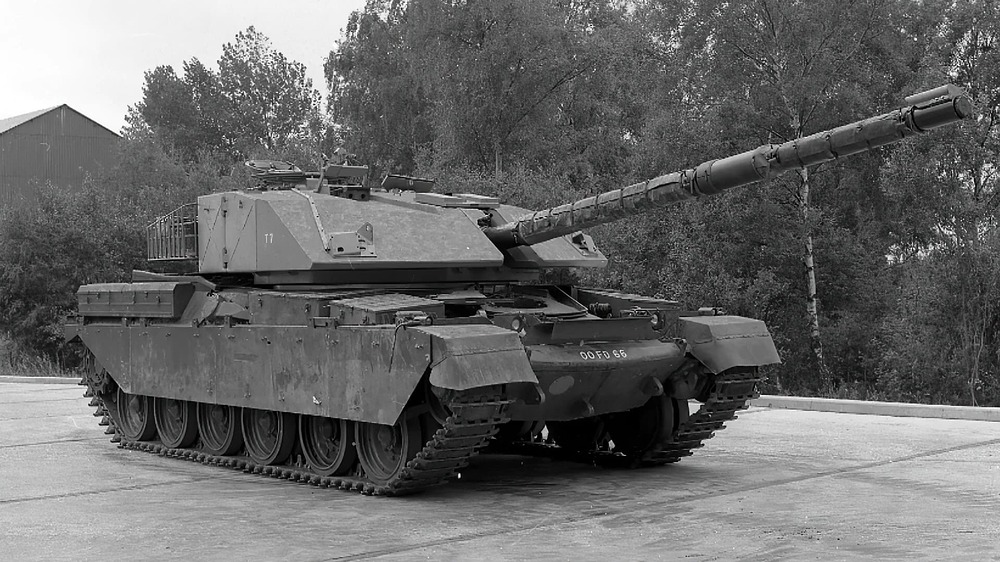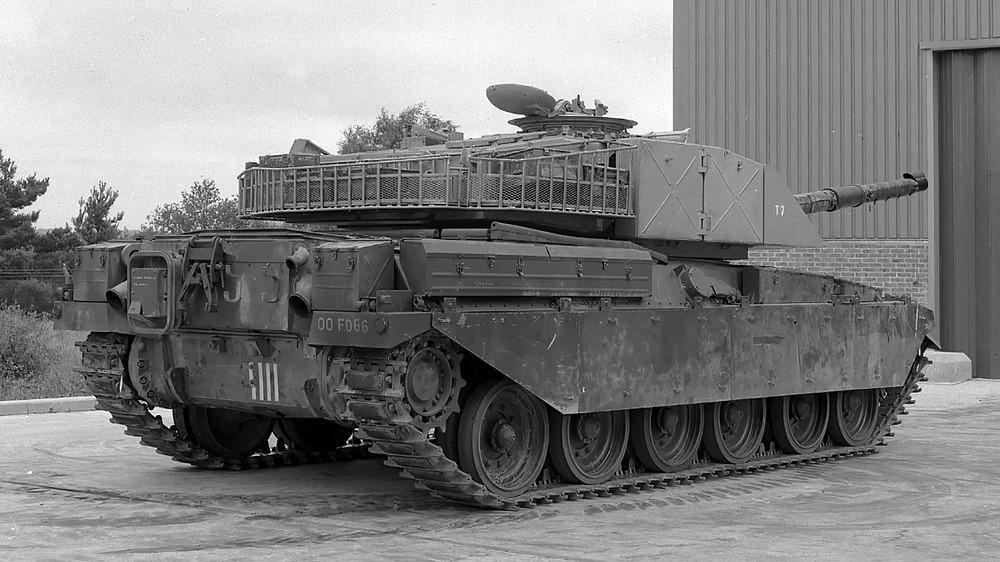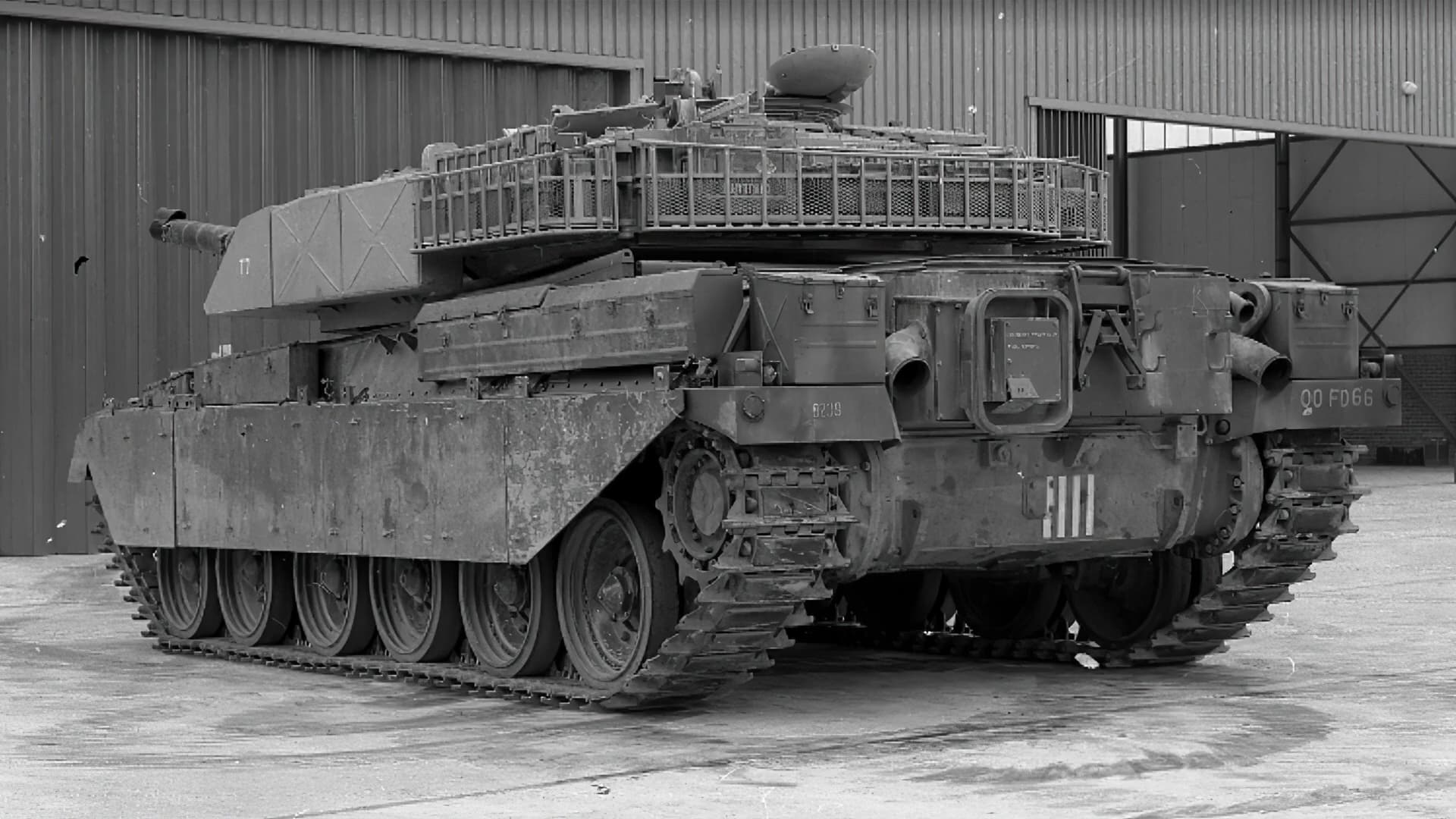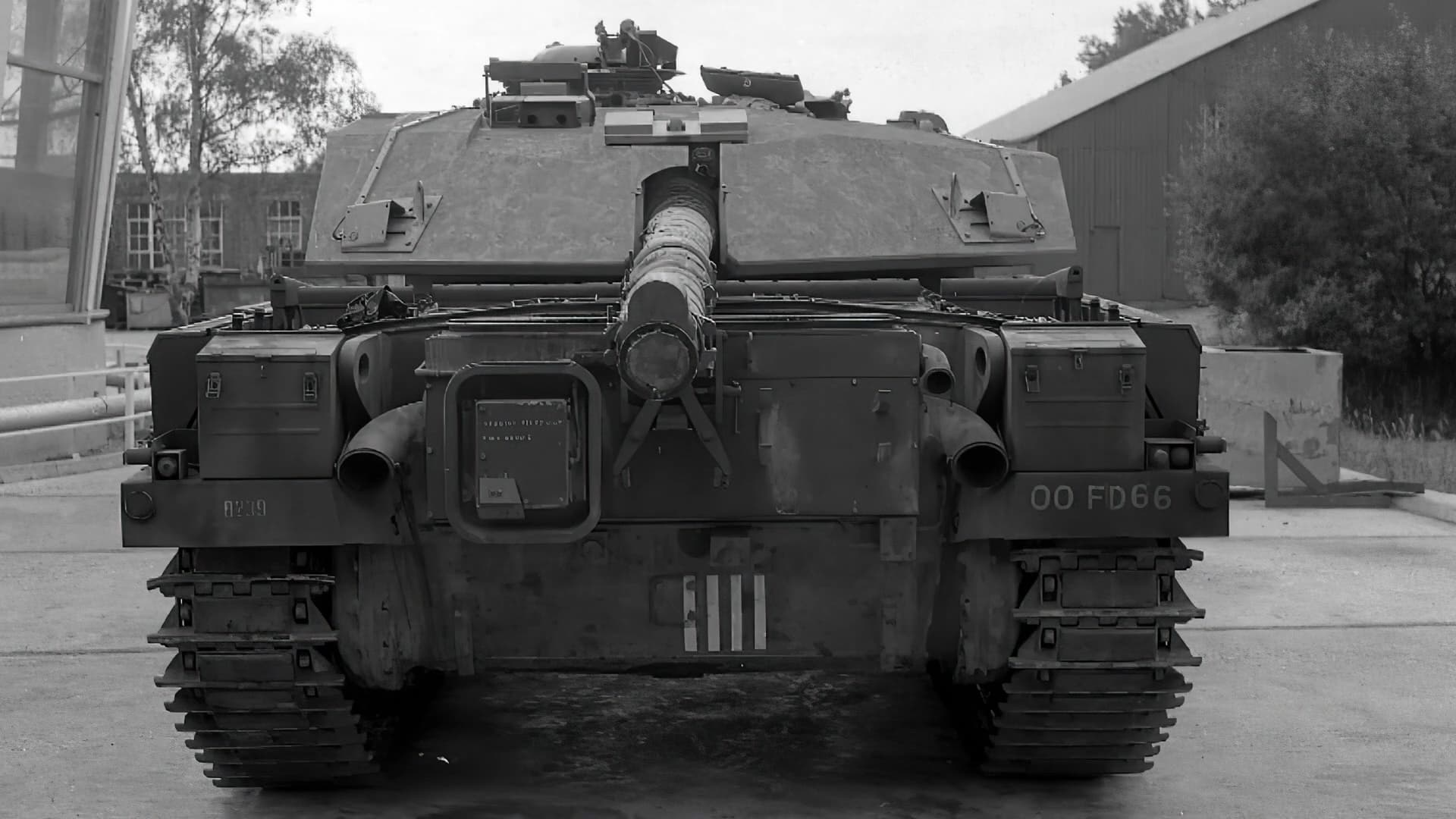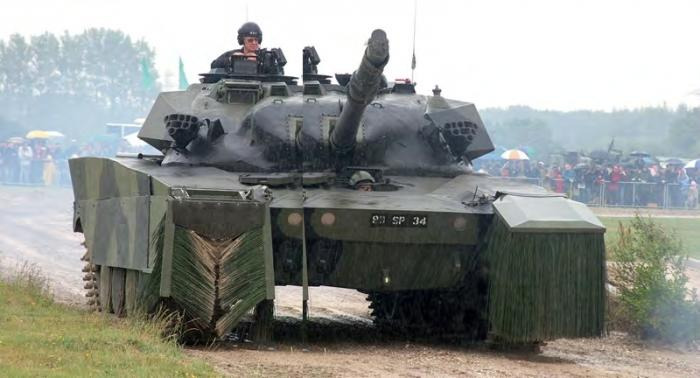- Yes
- No
Introduction
In the mid-1980s British tank design, production, and operation was in pretty dire straights. The Chieftain had been kicking about for a few years at this point, and through a series of relatively poor design choices, it was not aging particularly well. Trials and combat experience in Iran against Soviet vehicles operated by Iraq proved that the Chieftain did not have the capabilities to effectively counter modern Soviet MBTs, specifically the T-72. It had become clear that a replacement for the Chieftain was overdue.
The Future Tank Operational Demonstrator Phase, initiated in the early 1980s, emerged in response to the increasing obsolescence of the Chieftain. A high-level group consisting of various political, industrial, and scientific advisors was tasked with identifying a successor. Contextually, this was happening at broadly the same time as the collapse of the Iranian regime, the breakdown of the Shir 2 contract, the cancellation of MBT-80, and the unplanned adoption of the Challenger 1 MBT, which was not considered a direct replacement for the Chieftain.
The goal of this phase was to explore various new and innovative tank concepts with a target for field readiness in the 1990s. Funding of £7.8 million was allocated, with £5.9 million reserved for working demonstrators and £1.9 million directed toward the Chieftain and Challenger Product Improvement Programs (PiPs).
The Chieftain PiP was one of four broad categories evaluated. It explored a hybrid design - mounting a Challenger turret on a Chieftain hull. This project was managed by the Challenger development team at MVEE rather than the private firms involved in the other concepts. This hybrid vehicle aimed to improve survivability, armament, and ergonomics using existing platforms in ordre to keep development costs controlled. A wooden model of the concept was produced in 1987, and a prototype testbed was assembled using Chieftain hull FD 00 66 fitted with an early Challenger/Shir turret. This retrofit required an adaptor for the turret ring and was seen as an interim solution rather than a viable long-term platform.
Ultimately, the Chieftain PiP failed to proceed beyond demonstration. Despite improvements offered by the Challenger turret, the outdated Chieftain hull remained a limiting factor - its legacy reliability, mechanical, and design issues could not support the performance gains expected of a next-generation tank. As such, attention shifted to refining the Challenger platform itself, leading to the Challenger 2 and limiting further investment in the Chieftain lineage, although it was still tinkered with.
In-game, this vehicle would serve as a unique side-grade to the Chieftain Mk 10, featuring excellent turret armour with a powerful L11A5 120mm, but let down by the antiquated Chieftain chassis and frankly awful mobility, especially considered the moderate weight increase. It would also be a very easy addition, as both the hull and the turret (on the FV4030/3) are both now in-game.
Specifications
Spoiler
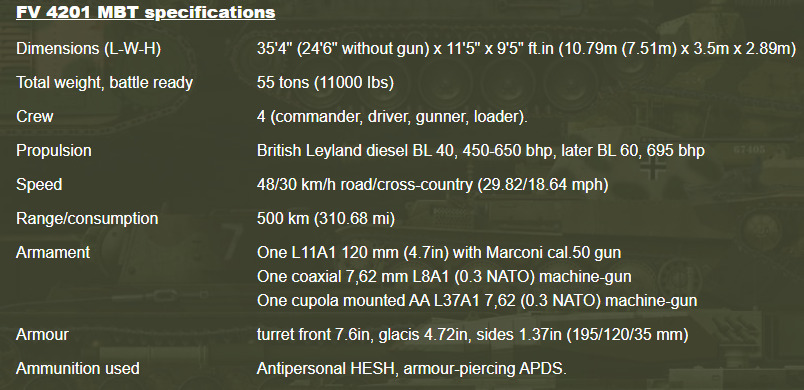
The specifications will broadly be the same as the above for the un-upgraded Chieftain, however the firepower will be the L11A5, the armour will be composite on the turret (same as the FV4030/3 in-game), and the weight will increase to ~57-58 tons.
Images
Sources
Spoiler
Future Tank Operational Demonstrator Phase correspondence, dated 11 July 1984 (available here - cheers to Ed Francis for this one)
